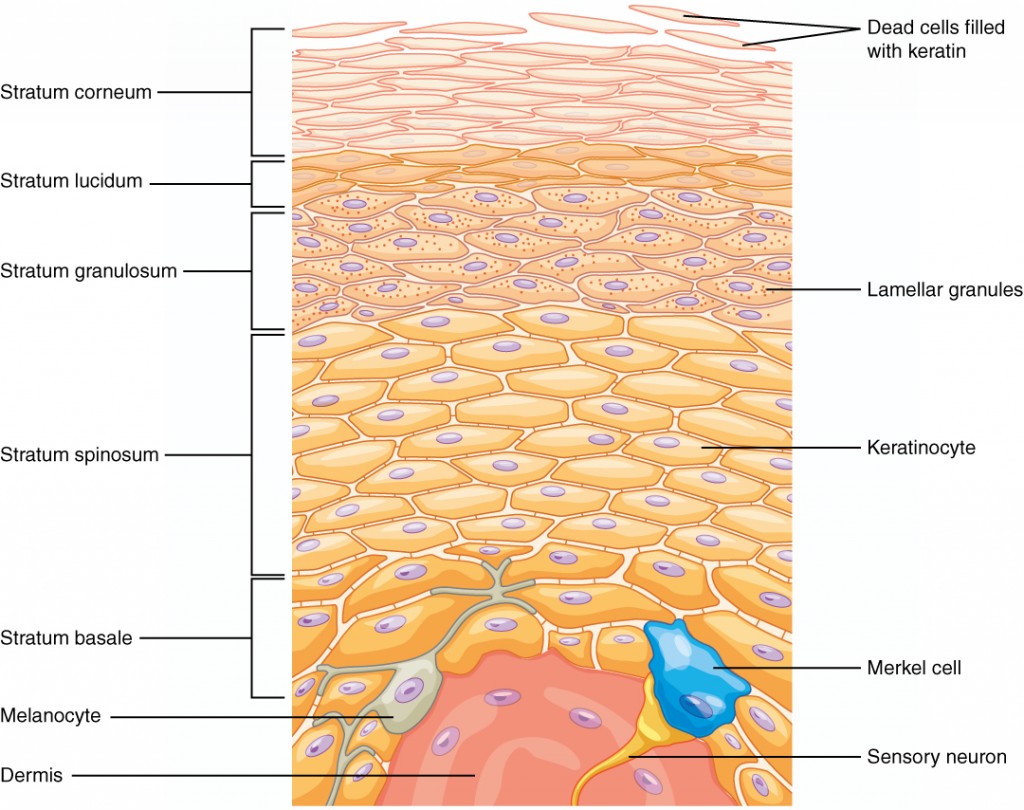The number one thing that our education needs is for it to be the students asking the questions and the teachers guiding the students to make sure the right ones get answered. We have an education system that makes the students answer questions that have answers already (the known knowns and unknown knowns) while the students need to be tackling things that have not been solved of yet (the known unknowns) and striving to look at things in a new light that has never been looked at before (the unknown unknowns). Yes, we need to increase funding and yes we need to stop teaching by testing, but that does not get at the larger issue. The larger issue is that our education system and policies are being optimized for the teaching of good employees and good corporate leaders and not good collaborative entrepreneurs and good think-out-of-the-box scientists.
And don’t get me started about the higher education system that blatantly promotes exclusivity and competition where collaboration is needed.
Skinny Dipping
Diving down into the epidermis
Well were off to the good old epidermal race,
On the top there’s… what appears to be dead skin cells filled with keratin,
These bygone keratin filled epidermal skin cells make up an outer Stratum called the corneum,
The stratum corneum is fairly superficial, however and often can be seen sloughing off this mortal coil to travel the winds and bring new begins, sometimes good but often ill.
Despite the fierce external forces that play upon these cells, the 15-30 layers stand this test of strength due to the super power of keratinization that prevents these forces from entering by ordinary means.
When these trite actions do not suffice however, as is so often the case in hand and foot, the stratum lucidum comes into play.
This flat layer keeps liquid out of the body through many dense lipid proteins called eleiden.
After going this far down in the race, it is time for some wholesome stratum granulosum!
About 3 -5 layers think, the stratum granulosum is what really churns out the proteins keratin and keratohyalin while saying good bye to the other cellular organelles,
Therefore, stratum granulosum is really the undertaker of the integumentary system,
But once filled up with granulosum that made the end to oh so many nuclei, we must proceed to the Stratum Spinosum!
At the stratum spinosum is the joining together of cells through the great structure of the name Desmosomes which interlocks and strengthen the bonds between the cells throughout.
Joined together, the stratum spinosum is the foe of many a foreign source or cell gone bad because of the interspersion of the mighty Langerhans cell.
These Langerhans that fight intruders do so like their white knights companions in blood, as macrophages that engulf bacteria and other evil forces that plague the epidermis.
As we near the end of this exhilarating race, we must come to where it all began – The Stratum Basale!
Unlike the herbal companion that usurped its name when said aloud, the stratum basale cannot photosensitize light,
None the less, this cuboidal-shaped stem cell is a precursor to much of the keratinocytes that make skin, skin; all from a single cellular layer.
But the basal cells are not the only cells in this important layer, there are two more which disperse themselves throughout the stratum basale,
A stimulating time can be had with the Merkel cell as this is the source for touch,
To add a little color to the layer, the melanocyte is used and also protects the integumentary system from the irradiating forces of UV light.
And so, thus ends the race, at long last, where we may wind down our palpitating hearts by meandering though the basement membrane.
While we’re there, we must wonder at the fingerlike projections called dermal papillae,
The more numinous these pillars of support for the epidermis are, the stronger the connection is that binds the layers together, never to be forgotten.
-Aaron E-J
CRS Info Notice
Is it theoretically true that there always will be a challenge?
But because it is a challenge, and a challenge is part of everything, given the first perimeter, it must be easy
Cloud computing is an ancient art
Of course, all comparisons are gnarly by nature
Because mommy was born on this day…
∞
switchport trunk encapsulation elephant
The scroll of tomorrow does not exist… yet… so I baked brownies instead.
Brownies (made mainly of black beans, chocolate and sugar) are done (unfortunately a triple batch [all that will fit in the food processor and then some] will not be enough to last me until the end of the year). OS homework mysteriously not due until next Monday, meaning that tomorrow does not exist. Regardless of its absence, for the first half of tomorrow I will make a test run for a scroll expander engine, then head to Hartford to learn more about networking. First though, I need to figure out whether tomorrow will actually come to pass… I have a suspicion that when I wake up tomorrow morning, it will still be today. But then, I’ve existed now forever.
